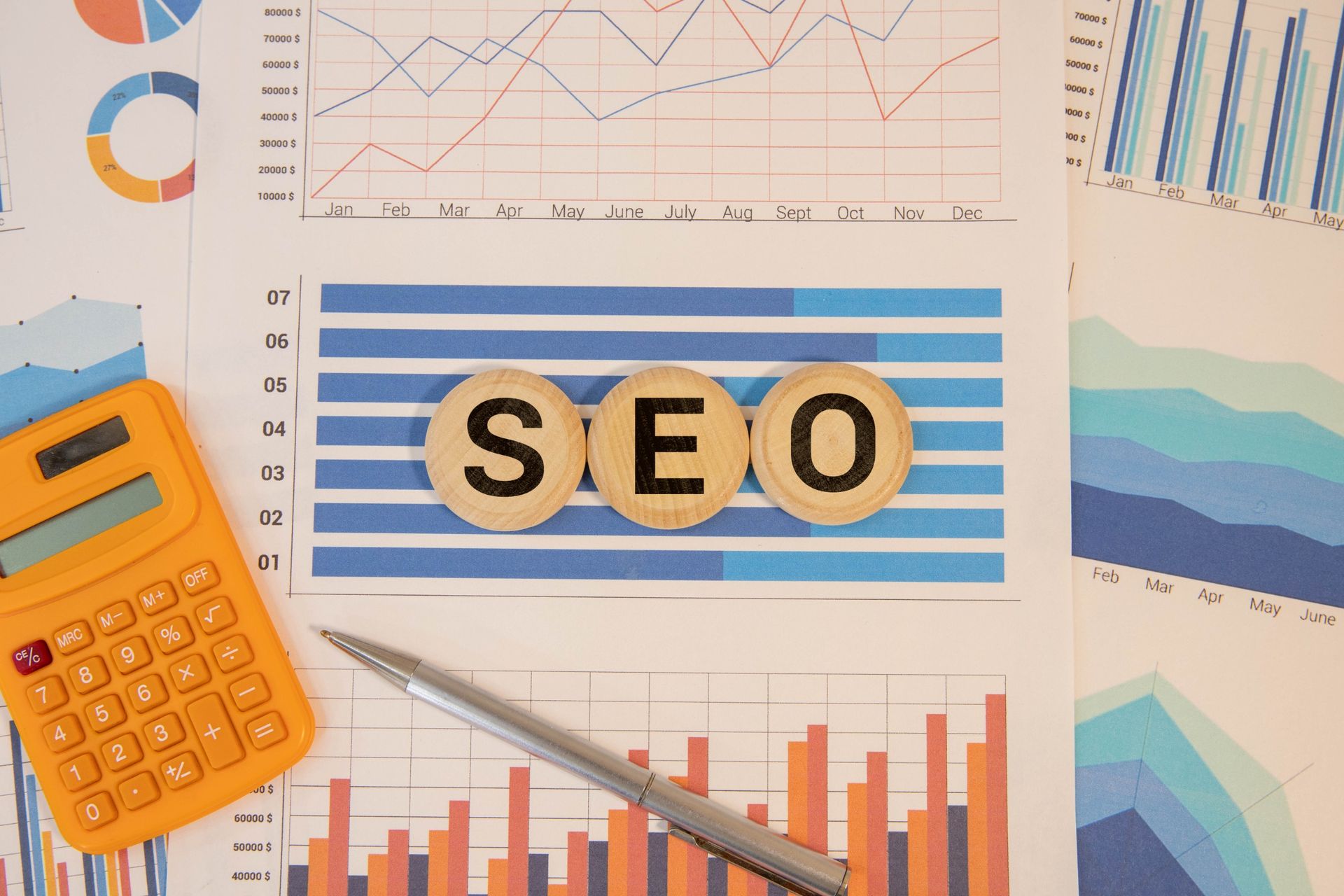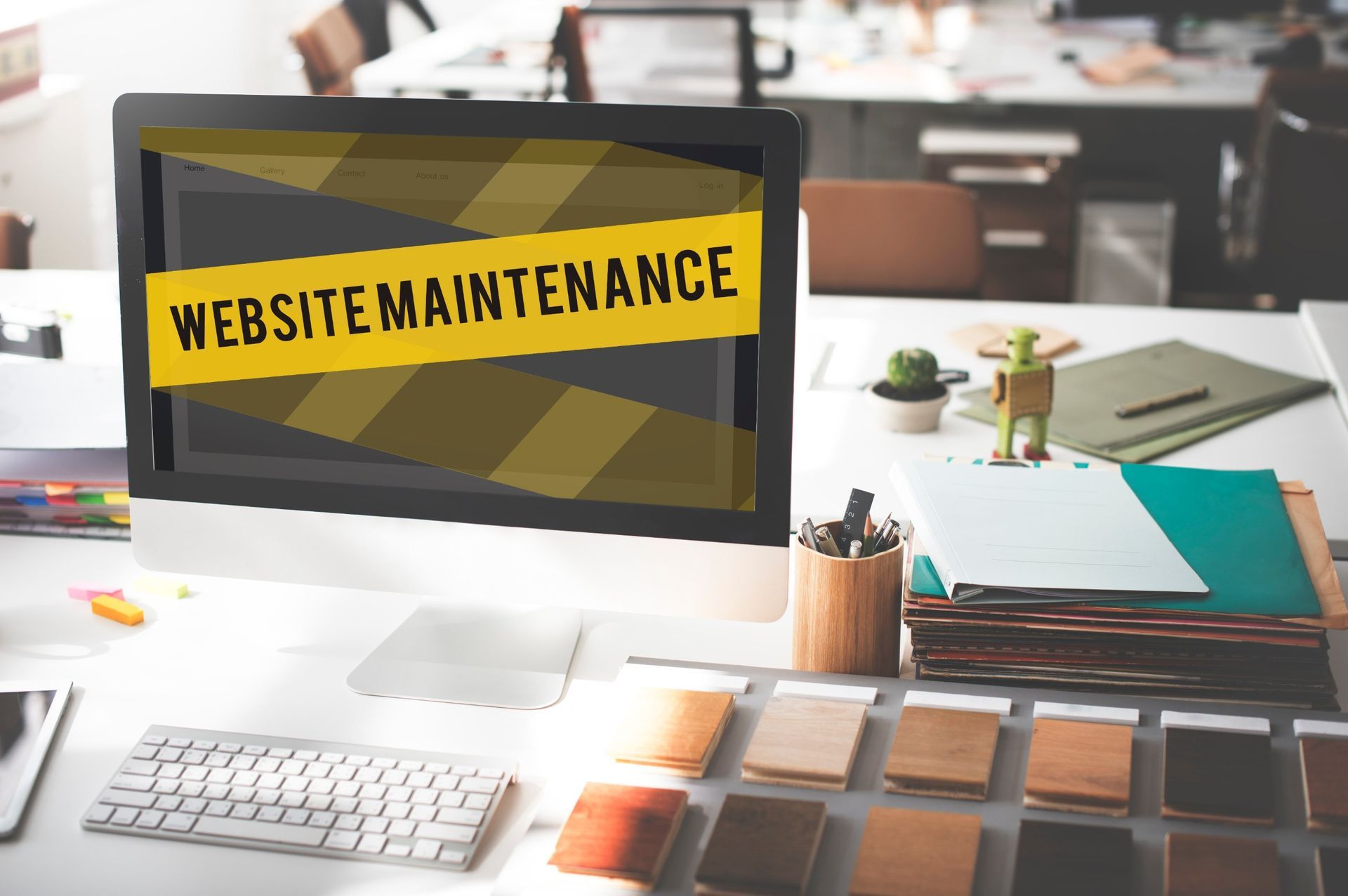Top 8 Trends That Will Shape eCommerce in 2024 and Beyond
As we look beyond the horizon into the future of eCommerce, it's clear that the realm of online shopping is set for a transformative period. Both technology and customer behavior are evolving at a blistering pace.
In this post, we will delve into the top eight trends predicted to shape and redefine eCommerce in 2024 and beyond. Whether it's the advent of new technologies, shifts in consumer demands, or emerging business models - we'll cover it all. Stay tuned to ensure your business is primed to take advantage of these exciting developments.
The Ever-Changing World of E-commerce and Its Impact on Businesses
The changes in eCommerce will notably affect the business landscape, urging companies to adapt and readjust their strategies to remain successful. Here are some key impacts that are expected:
- Customer Expectations: As eCommerce evolves, so does the customer's anticipations. Businesses will need to improve their customer experience to meet these increasing demands.
- Operating Costs: Novel technologies may require significant investment. Companies will have to balance the potential benefits with the costs of implementation.
- Competitive Landscape: The proliferation of eCommerce will increase competition, forcing businesses to differentiate their products and services.
- Regulatory Compliance: With the rise of eCommerce, new regulations may be introduced. Companies will need to ensure they comply to avoid potential penalties.
Trend #1: Rise of Social Media Platforms as Shopping Hubs
Social media platforms are gradually transforming into shopping hubs, creating a brand new avenue for eCommerce. With billions of users globally, platforms like Instagram, Facebook, and Pinterest are integrating shopping features, allowing users to discover, and purchase products without having to leave their apps.
This seamless user experience, known as social commerce, is predicted to grow exponentially, blurring the boundaries between social networking and online shopping. For businesses, it opens new doors to reach their target audience directly. However, this trend also requires companies to adapt to the metrics and strategies unique to social commerce to ensure success.
Trend #2: Personalization in eCommerce
Personalization is not a new concept in eCommerce, but its importance and application are expected to surge dramatically. E-tailers will utilize Artificial Intelligence (AI) and Machine Learning (ML) technologies to analyze customer behavior, preferences, and past purchases to provide personalized shopping experiences. Tailored product recommendations, personalized emails, and curated content are aspects of this trend.
This hyper-personalization approach is aimed at increasing customer engagement and loyalty. Businesses that successfully implement personalization strategies will have a competitive edge by offering their customers a shopping experience that feels uniquely catered to them. However, handling customer data in a secure and respectful manner should remain a top priority to maintain trust.
Trend #3: Augmented Reality (AR) and Virtual Reality (VR) Technology in E-commerce
Augmented Reality (AR) and Virtual Reality (VR) are set to revolutionize the e-commerce industry by offering immersive, interactive shopping experiences. These technologies allow customers to visualize products in their personal environment before making a purchase decision. For instance, AR can assist customers in trying on clothes virtually or visualizing how a piece of furniture would fit in their home. On the other hand, VR can transport customers to virtual stores, recreating the traditional shopping experience without leaving the comfort of their homes.
The integration of AR and VR in eCommerce helps bridge the gap between the online and offline shopping worlds. Businesses capable of harnessing these innovative technologies can set themselves apart from the competition. However, implementing AR and VR comes with its challenges, including technical complexity and the need for substantial investment in resources and infrastructure.
Trend #4: Mobile Commerce Taking Over Desktop Sales
Mobile commerce, or m-commerce, has been steadily climbing the ladder in the eCommerce industry, and it's predicted to fully take over desktop sales in the coming years. Driven by the proliferation of smartphones and high-speed Internet access, consumers are increasingly opting for the convenience of shopping on the go. Mobile devices allow customers to search for products, compare prices, read reviews, and make purchases with just a few taps on their screens.
For businesses, this trend necessitates an optimized mobile shopping experience to cater to the escalating number of mobile shoppers. This includes developing responsive website designs, intuitive interfaces, and secure, easy-to-use payment solutions. While this shift towards m-commerce brings a wealth of opportunities, it also poses new challenges.
Companies willing to adapt to the mobile-first approach in their eCommerce strategy will be better positioned to capture this growing market segment.
Trend #5: Subscription-Based Services and the Shift Towards Convenienc
This business model is gaining traction due to its ability to provide consistent revenue streams and foster customer loyalty. From monthly beauty boxes to weekly meal kits, and access to digital services, subscriptions appeal to the consumer's desire for convenience, personalization, and value.
Moreover, the subscription model simplifies the shopping process. This shift towards convenience meets the customer's need for an effortless shopping experience and eliminates the need for constant decision-making and repetitive purchasing process. Businesses adopting this model will be able to cultivate long-term relationships with their customers, predict revenue more accurately, and plan inventory more efficiently.
However, the subscription model requires careful planning and execution. Companies must ensure that the subscription offers are flexible, customizable, and easy to use. They also need to balance customer acquisition with retention strategies to sustain growth. Despite the challenges, the subscription model offers immense potential for businesses willing to adapt to this trend.
Trend #6: Sustainability Becoming a Key Factor in Consumer Purchasing Decisions
Increasingly, customers are becoming more conscious of their environmental impact and are opting for brands that exhibit a strong commitment to sustainability. From sustainable sourcing and production methods to eco-friendly packaging, businesses are being scrutinized not just for their products and services, but also for their environmental footprint.
This trend is vital because it signifies a shift in consumer behavior. For businesses, this means adopting more sustainable practices, being transparent about their actions, and communicating this effectively to their customers. While this may necessitate initial investments, it can also open up new opportunities and potentially attract a wider customer base.
However, businesses must understand that consumers are becoming adept at distinguishing between genuine sustainable practices and 'greenwashing'. Hence, businesses need to ensure their commitment to sustainability is more than just a marketing strategy.
Trend #7: Voice-Activated Shopping Through Smart Devices
The advent of smart devices such as Google Home, Amazon Echo, and Apple's Siri has brought about a new trend in e-commerce - voice-activated shopping. With these devices, customers can now search for products, add items to their shopping cart, and make purchases, all through simple voice commands. This hands-free shopping experience not only provides convenience but also allows for multitasking.
As the technology continues to mature and consumer trust grows, the prevalence of voice-activated shopping is anticipated to increase rapidly. For businesses, this presents an opportunity to reach customers in a novel way and to optimize their offerings for voice search. However, it also requires a shift in SEO strategy, as voice queries are often more conversational and long-tail than text-based searches.
Additionally, businesses will need to ensure top-notch data security, as voice-activated shopping involves the transmission of sensitive customer information. Despite these challenges, businesses that adapt to embrace voice commerce can stay ahead of the curve in the evolving e-commerce landscape.
Trend #8: Integration of Blockchain Technology for Secure Transactions
Blockchain technology is poised to bring a new level of security and transparency to e-commerce transactions. This technology is essentially a decentralized ledger. It records transactions across multiple computers so that any involved record cannot be altered retroactively, without the alteration of all subsequent blocks.
For e-commerce, blockchain technology can offer enhanced security for online transactions, reducing the risk of fraud, chargebacks, and data breaches. It can also create a more transparent supply chain.
For businesses, the integration of blockchain could mean increased customer trust and a decrease in transaction-related expenses. However, the adoption of blockchain technology is not without its challenges. It requires a significant initial investment and demands a steep learning curve. Despite these obstacles, the potential benefits of blockchain technology in eCommerce are vast, making it a trend worth watching.
About Us
At Boost Higher, we help your business achieve never-before-seen heights with our expert strategies and tactics, uniquely designed to fit your brand and goals. Our team of experts specializes in creating hype about your business at both a local and global scale, leading to increased conversions, happy customers, and higher revenue. Schedule your free, no-obligation consultation today, or fill out our contact form to get in touch with us.











